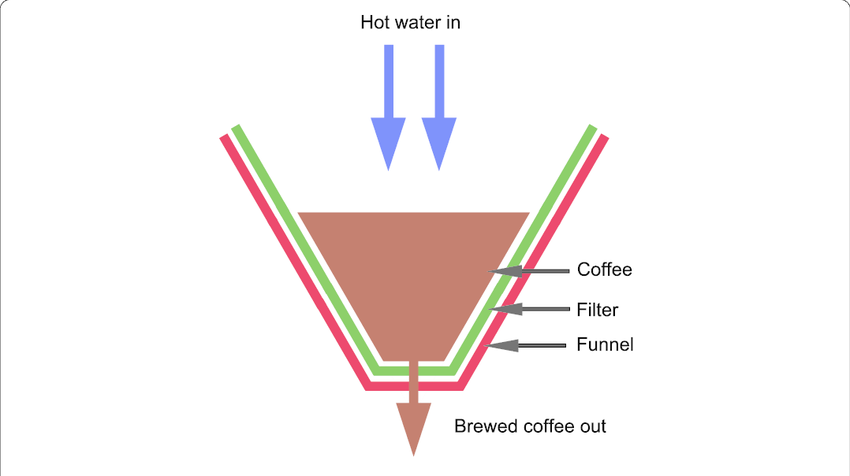Choosing a solid-liquid extraction to simulate with coffee
We independently researched online for interesting applications of solid-liquid extraction. We decided that our application should not require specialized equipment like centrifuges. As we pooled our ideas, we narrowed down our choices to a few:
- Extracting lycopene from tomatoes
- Crude oil extraction
- Haber process
We decided on lycopene by popular vote. After our decision, we made a diagram of how the lycopene would be extracted from tomatoes.

The extraction tank extracts substances in the tomatoes and are diluted by Ethyl Acetate ($$$C_4H_8O_2$$$). Any solids that retain gets stored in the storage tank, and the resulting liquid then gets boiled. After the liquor extract is boiled, a small amount of lycopene is obtained. The excess ethyl acetate from the boiler goes to the distillation column, which is a machine that separates many liquids by tuning the ambient temperature to between boiling points of liquids. The distillation column will make the excess ethyl acetate pure again so that it can be reused for future extractions.